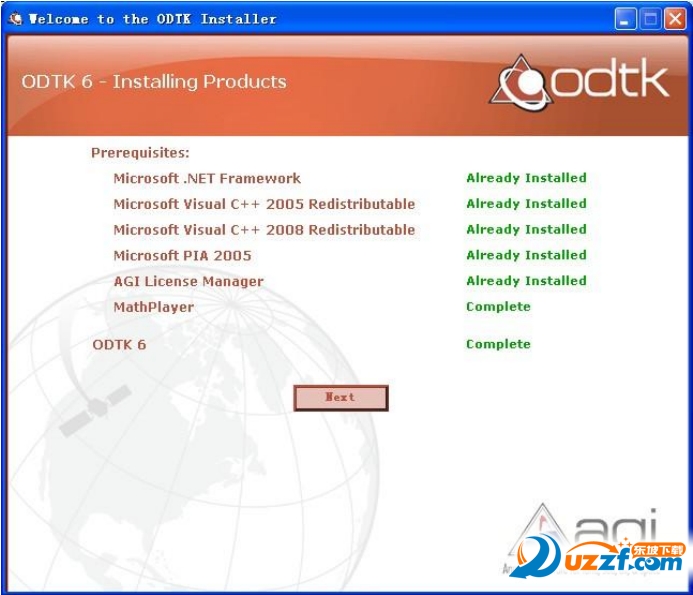


Various tweaks to the aircraft route and transmitter and receiver properties will need to be made in order to satisfy mission constraint conditions such as line of sight and link budget signal to noise ratio. Mission complexity will then be added by adding in a field of view sensor and a transmitter/receiver pair. You will first create a simple aircraft route using STK’s 3D edit capability and explore the line of sight condition between the aircraft and the ground station.

This training class will walk you through the design of an aircraft mission using STK and Test and Evaluation Tool Kit (TETK) while assessing the communication link to a known ground station. AGI engineers will be available during the session to answer your questions, live.
STK SATELLITE TOOLKIT HOW TO
How to maintain a passively safe set of sequencesįollow along on your computer as an instructor walks you through this focused STK lesson.The newly generated RPO component templates.Upon completion of this class, you will understand: Using the passive safety tool, you can define that keep out regime, then modify the satellite to maintain passive safety for the entire mission. The Passive Safety tool, brand new to STK 12.7, looks through the sequences and assesses what happens if a maneuver is missed. Then you will explore how to maintain a passively safe actor satellite. In the second half of the class, you will explore how to define a keep out sphere for your target satellite. In the first half of this class, you will explore creating an RPO mission in GEO using the pre-built templates. AGI has developed a set of pre-built RPO sequences that allow an RPO mission planner to quickly and easily plan an RPO mission with just minimal training. Of course, every organization seems to have their own internal formats - I'm more interested in what folks are using to publish or otherwise exchange data between organizations.Rendezvous and proximity operations (RPO) mission planning can be a very complex process. I'm sure I'm missing a lot of stuff here, but my google-fu isn't finding it. SPK Ephemeris format associated with SPICEĬPF - Consolidated Prediction format, used by the ILRSĬode 500 - Source document appears to be GSFC Document "Flight Dynamics Division (FDD) Generic Data Products Formats Interface Control Document (document number 553-FDD-91/028" which I haven't been able to locate yet. SP3 National Geodetic Survey - may be specific to GPS OEM (Orbital Ephemeris Message) CCSDS Recommended Standard STK Satellite Tool Kit, Analytical Graphics This can facilitate sharing of data where all users may not have access to the same propagation models, and allows the inclusion of non-Keplerian considerations such as maneuvers, specific decay models, etc. In contrast to element sets (such as a TLE, VCM, or classical elements, etc.), which require the use of a propagator, object positions represented by an ephemeris are typically interpolated. It typically consists of a list of times and state vectors spanning the period of interest, and may include various meta-data regarding units, coordinate frames, time systems, etc. To expand a bit, an ephemeris is a representation of the trajectory of an object over a period of time. I'm working on extending an analysis tool for earth orbiting satellites to add the ability to read an additional ephemeris format (OEM), and thought I might add other common formats while I have it opened up. I'm looking for information on commonly used geocentric artificial satellite ephemeris file formats.


 0 kommentar(er)
0 kommentar(er)
